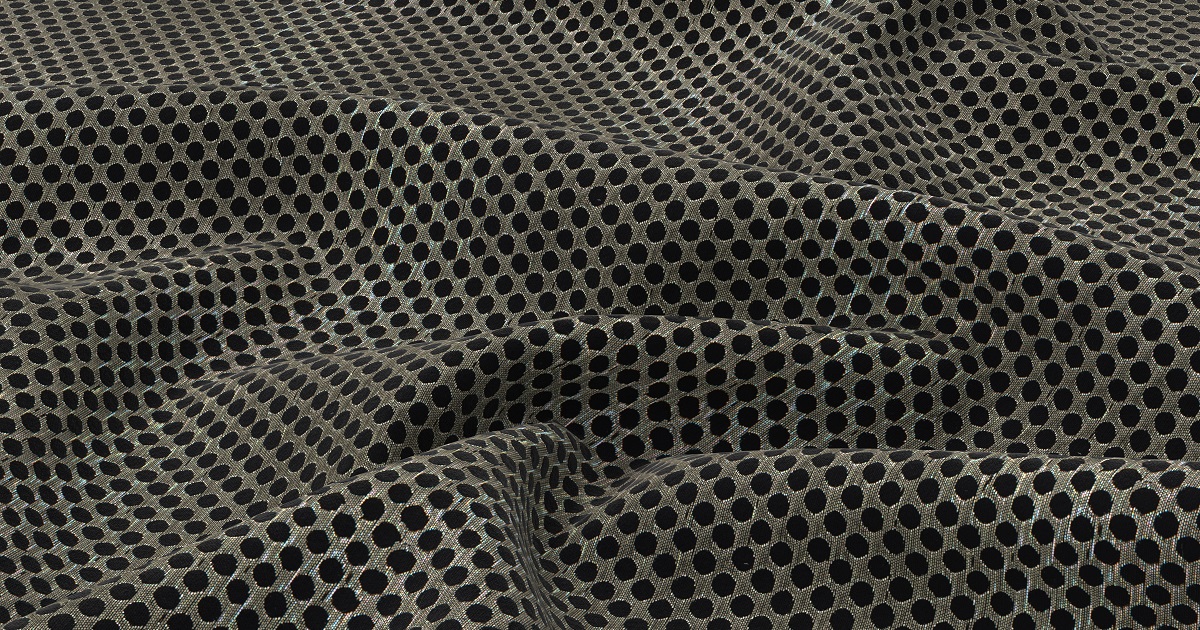Carbon Fibers from Sustainable Precursors II
A special issue of Fibers (ISSN 2079-6439).
Deadline for manuscript submissions: closed (30 April 2024) | Viewed by 2641

Image courtesy of vector_corp on Freepik
Special Issue Editor
Interests: inorganic chemistry; nanotechnology; materials chemistry
Special Issues, Collections and Topics in MDPI journals
Special Issue Information
Dear Colleagues,
The large-scale industry of carbon fiber has evolved in recent years in more and more fields, such as aerospace, military, medical, automobile, supporting goods and so on. This huge interest arises from their extraordinary properties like, good mechanical strength, good electrical and thermal conductivities, great chemical stability, etc. In recent years, the use of these fibers has become increasingly attractive in the energy field as they are raw materials for the production of windmill blades, for the storage of natural gas and fuel cells for transport. Nowadays, the main source of these fibers production is represented by the electrospinning process of polyacrylonitrile (PAN). With this in mind, it will be very interesting to direct fiber production to sustainable precursors. The most widespread renewable resource in the world is the biomass. Consequently, there are considerable volumes of sustainable biomass (meaning low costs production) which can lead to the obtaining of carbon fiber.
Dr. Radu Dorin Andrei
Guest Editor
Manuscript Submission Information
Manuscripts should be submitted online at www.mdpi.com by registering and logging in to this website. Once you are registered, click here to go to the submission form. Manuscripts can be submitted until the deadline. All submissions that pass pre-check are peer-reviewed. Accepted papers will be published continuously in the journal (as soon as accepted) and will be listed together on the special issue website. Research articles, review articles as well as short communications are invited. For planned papers, a title and short abstract (about 100 words) can be sent to the Editorial Office for announcement on this website.
Submitted manuscripts should not have been published previously, nor be under consideration for publication elsewhere (except conference proceedings papers). All manuscripts are thoroughly refereed through a single-blind peer-review process. A guide for authors and other relevant information for submission of manuscripts is available on the Instructions for Authors page. Fibers is an international peer-reviewed open access monthly journal published by MDPI.
Please visit the Instructions for Authors page before submitting a manuscript. The Article Processing Charge (APC) for publication in this open access journal is 2000 CHF (Swiss Francs). Submitted papers should be well formatted and use good English. Authors may use MDPI's English editing service prior to publication or during author revisions.
Keywords
- carbon fibers
- sustainable precursors
- biomass
- carbonization
- applications
Benefits of Publishing in a Special Issue
- Ease of navigation: Grouping papers by topic helps scholars navigate broad scope journals more efficiently.
- Greater discoverability: Special Issues support the reach and impact of scientific research. Articles in Special Issues are more discoverable and cited more frequently.
- Expansion of research network: Special Issues facilitate connections among authors, fostering scientific collaborations.
- External promotion: Articles in Special Issues are often promoted through the journal's social media, increasing their visibility.
- e-Book format: Special Issues with more than 10 articles can be published as dedicated e-books, ensuring wide and rapid dissemination.
Further information on MDPI's Special Issue polices can be found here.





